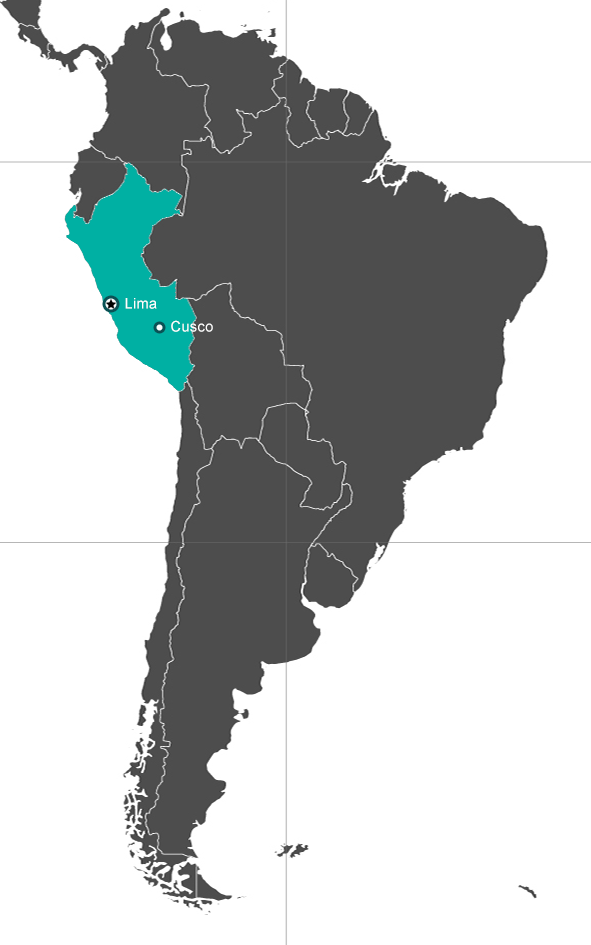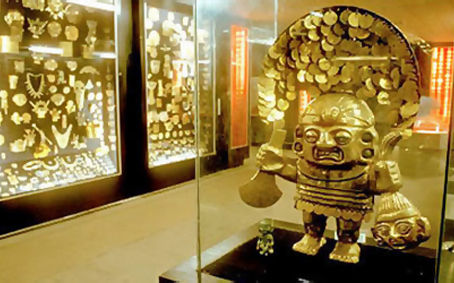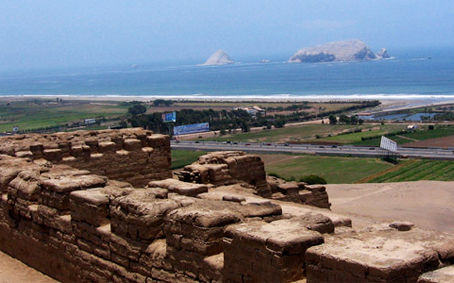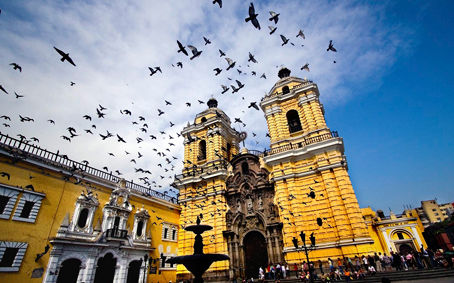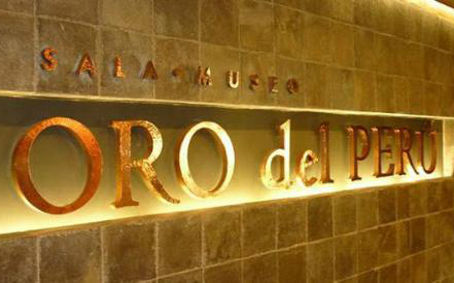Peru . Lima
Los restos de grandes civilizaciones convierten a Perú en un país fascinante. El visitante puede pasear por ciudades coloniales que todavía conservan el legado de los españoles, visitar la antigua capital inca, Cuzco, o explorar la ciudad perdida de Machu Picchu y reflexionar sobre los enigmáticos dibujos de Nazca. Pero no hace falta una larga estancia en Perú para percatarse de que el Nuevo Mundo poseía una compleja vida cultural milenios antes de que Pizarro pisara tierra inca. El país cuenta con paisajes espectaculares y variados. Se dice que los Andes peruanos son los más bellos del continente, y en sus montañas habitan millones de indígenas que todavía hablan quechua y conservan su ancestral modo de vida. La cuenca amazónica ocupa la mitad de Perú y es uno de los diez puntos del mundo donde hay mayor biodiversidad. Se trata de un área de selva tropical muy rica en especies. Aunque los viajeros no suelen apreciar demasiado los desiertos litorales, con sus enormes y ondulantes dunas, oásis de labranza y pueblos pescadores, éstos ofrecen una oportunidad perfecta para escapar de las rutas tradicionales. Para disfrutar de Perú sólo se necesita un espíritu curioso, interés por los paisajes y por la historia. Perú se encuentra en la franja occidental de América del Sur y limita con Chile (al Sur), Bolivia (al Sureste), Brasil (al Noreste), Colombia (al Norte) y Ecuador (al Noroeste). Lo componen tres regiones: un estrecho cinturón litoral, una extensa zona andina y la cuenca amazónica. En la franja litoral predomina el desierto, aunque en ella se ubican las principales ciudades y la mejor autopista del país, la Panamericana. Los Andes constan de dos cordilleras, la Occidental y la Oriental, y en ellas está el pico más alto de Perú, el Huascarán (6.770 m). Al este del país se extiende la cuenca amazónica, una zona de tierras bajas tropicales drenada por los ríos Marañón y Ucayalí. La temporada de mayor afluencia turística engloba los meses de junio a agosto, coincidiendo con la estación seca en el altiplano, la mejor época para realizar excursiones. Durante los meses más húmedos (de enero a abril), el senderismo puede convertirse en una tarea engorrosa a causa del lodo. El grueso de las fiestas se celebran en la estación húmeda y las fuertes lluvias no consiguen deslucirlas en lo más mínimo. Los peruanos acuden a la playa durante los meses más soleados, de finales de diciembre a marzo, pese a no haber muchas realmente atractivas. El resto del año, la costa presenta un manto de neblina. En las selvas orientales, las precipitaciones son copiosas. Los meses más húmedos son los que se extienden de diciembre a abril, aunque raras veces la lluvia se prolonga más de unas horas y, por lo tanto, aún es posible disfrutar del sol.
Población: 31,4 millones.
Capital: Lima.
Nacionalidades y etnias: 54% Indígenas, 32% Mestizos, 12% de ascendencia Española, 2% de ascendencia Africana y una minoría Asiática.
Idiomas: Español, quechua, aimará.
Religión: más del 90% de católicos y una pequeña población protestante.
